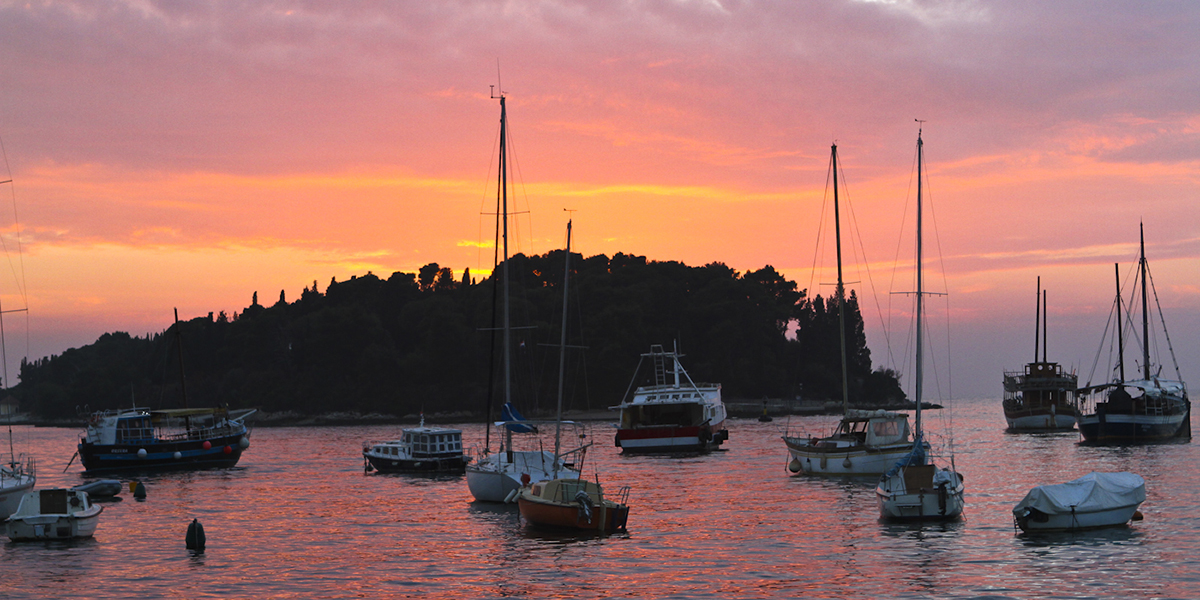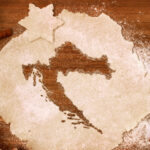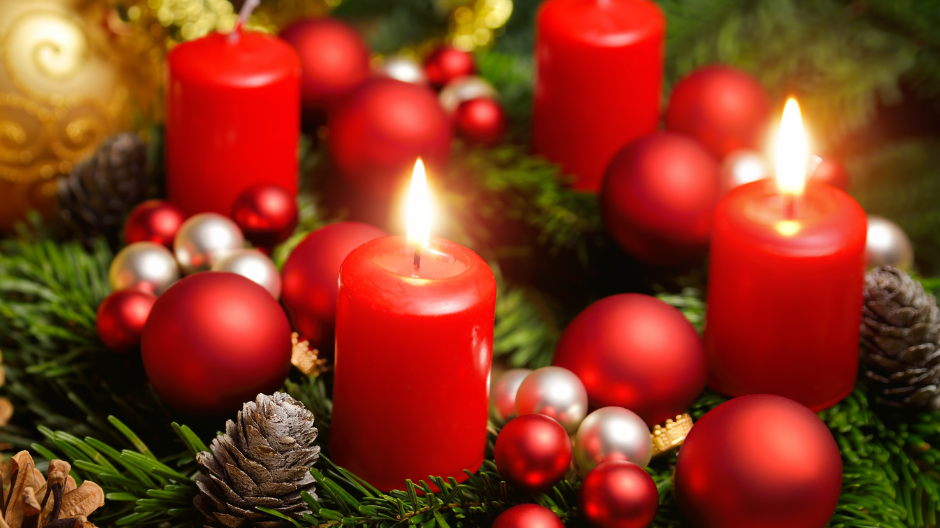
The Most Unusual Croatian Christmas Traditions
It’s that time of the year again! Christmas is quickly approaching and with it comes a festive cheer that can be seen on every corner. From wintertime foods to twinkly Christmas lights and glittery decor, once again, we’re preparing for ‘the most wonderful time of the year’ as the popular song would suggest. Christmas in Croatia is celebrated very similarly to that seen in America however, there are certain differences that culture and location have played a huge role in making it a uniquely Croatian Christmas. So if you are thinking of taking a wintertime trip over the Christmas period, prepare yourself with our top 5 unusual Croatian Christmas traditions.
Croatian Christmas traditions
Croatia is known for being a Catholic country, with over 85% of the population identifying as Catholic. This means Advent is an important time for the majority of Croatia’s people. For those who don’t know, Advent is a 4-week long festivity which is celebrated over the four Sundays leading up to Christmas and is a huge part of Croatian Christmas traditions.
Every year, Advent begins on a Sunday that falls between November 27th and December 3rd. The name comes from Latin and means “coming” or “arrival”. During this period, Croatian will use the weeks leading up to Christmas to prepare for the celebration of Jesus’ birth on December 25th.
There are several Croatian Christmas traditions linked to Advent that make Christmas so special. The most significant of which is the displaying of an Advent wreath, an old Catholic tradition which usually marks the official beginning of Christmas.
Advent Wreath
Unlike in America, where paper advent calendars are used to mark the days leading to Christmas, Croatia begins its festive celebrations with the displaying of a wreath. The Advent wreath is a circle or ring of evergreen branches with four candles. It can be homemade or bought, come in various colors and is usually placed on the dining table at the time of Advent as a symbol of the anticipation of Christmas.
Every Sunday in Advent, one candle is lit. In addition to counting down the weeks until Christmas, the light of candles symbolizes the light of God that comes to the world with the birth of Jesus Christ. Candles also have their own individual meanings in Croatian Christmas traditions and are closely related to Christian concepts. It is considered that a candle lit in the first week symbolizes hope, in the second-week peace, in the third joy and the candle lit on the fourth Sunday of Advent symbolizes love.

Above is Mandruševac, a famous fountain on Ban Jelačić Square in Zagreb. It has great historical significance, and according to legend, Zagreb was named after it. Advent wreaths are so famous that even this famous fountain got decorated to look like it. Want to see this in person, why not book a custom tour with us to add this to your wintertime itinerary?
Christmas Wheat
Christmas wheat is sown on Saint Lucija (December the 13th), twelve days before the holiday itself. It is a unique Croatian Christmas tradition that begins the Christmas cycle of folk customs and is used as a symbol of fertility, new life, and its renewal. Although this is still the case in traditional families today, it is possible to buy it ready-made at markets and shopping centers before Christmas. Sowing the Christmas wheat ourselves does have a special charm, believing that the next year will be fruitful in every sense of the word, and it’s super easy to do!
Simply lay some cotton wool on a small plate, place the wheat seeds all over it and water it generously. The wheat likes light and warmth, but you should not overdo it with watering.
The symbolism of Christmas wheat is multifaceted. With its appearance, it gives greenery and hope in the middle of winter and snow, and it also serves as a blessing for summer, decorating the home at the same time. It grows until Christmas when it is arranged for the Lenten table. In Croatia, it is customary to decorate it with a ribbon in the colors of the Croatian flag, the red-white-blue tricolor.

Fun fact: folk customs dictate to track and record the time during the 12 days until Christmas. Namely, tradition says that next year there will be such weather in a particular month as it was on a corresponding day from Lucia to Christmas.
The Nativity Scene
In Croatia, the nativity scene is usually placed under the Christmas tree and symbolizes the event true to the original story – the birth of Jesus in a stable. The first nativity scene in life-size was made by St. Francis in the 13th century.
At the beginning of the 17th century, the nativity scene came to Croatia and was made of plaster, clay, or wood and was originally only found in churches. Hence, it was a matter of honor to create the largest and most authentic nativity scene possible. In these nativity scenes you will find figures of Jesus, Mary, and Joseph, shepherds, three wise men, and their companions, then an ox and a donkey, as well as sheep and camels. The oldest Croatian nativity scene from that time is kept on the islet of Košljun near Krk, the work of an unknown master.
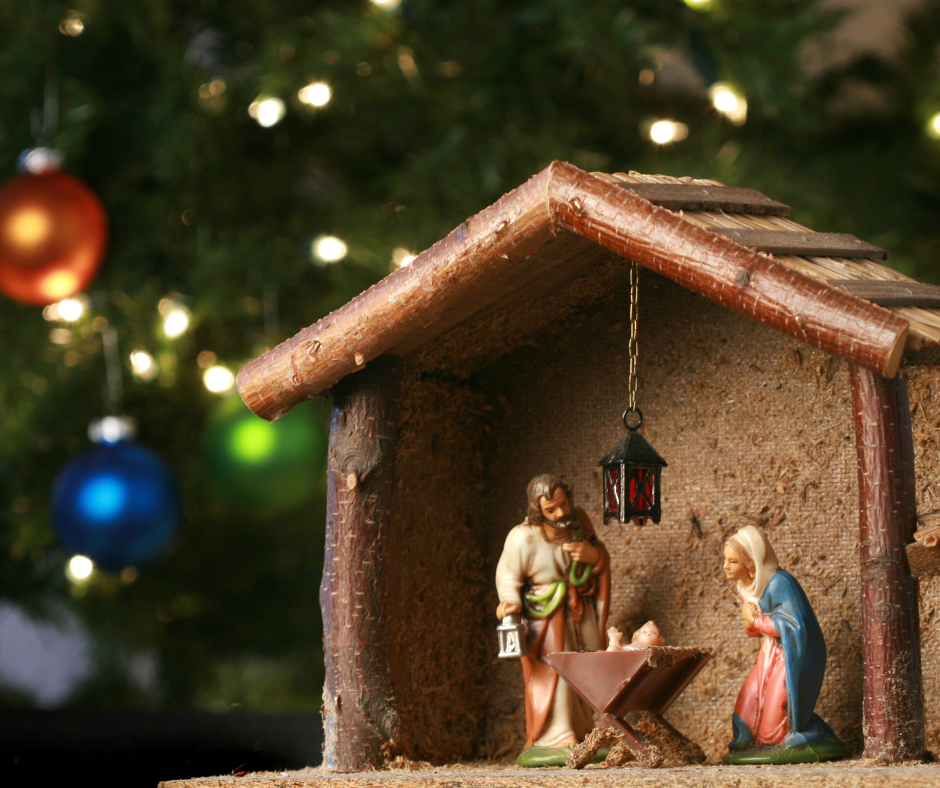
In Dalmatia, there was a unique custom of caroling while carrying a nativity scene in the hands while singing Christmas carols.
The Franciscans contributed a lot to the spread of the nativity scene. In 2005, the International Festival of Nativity Scenes and Christmas Customs in Croatia was launched in Dubrovnik.
Saint Nicholas
In the United States, Santa Claus is a legendary character who is said to bring children gifts during the overnight hours on Christmas Eve with the aid of Christmas elves, who make the toys in his workshop. Often said to be at the North Pole, Santa Claus will use a flying reindeer who pulls his sleigh through the air to deliver all his Christmas goodies on time.
Croatian tradition, however, knows St. Nicholas instead. The story of St. Nicholas has long been known throughout the world. Saint Nicholas of Myra, (also known as Nicholas of Bari), was an early Christian bishop of Greek descent from the maritime city of Myra in Asia Minor – modern-day Demre, Turkey – during the ruling Roman Emperor Diocletian whose palace is located in Croatia. Within a century of his death, the much-admired Nicholas had become the center of folk legends. He was credited with stopping a violent storm to save doomed sailors, donating money, and even restoring a trio of boys to life.
Today, Nicholas is considered the patron saint of sailors, children, wolves, and pawnbrokers, among others – as well as the inspiration for the figure of Santa Claus. On the night of December the 5th, Croatian children would go to bed, hoping they were good enough throughout the past year for St. Nicholas to leave them a present underneath their pillow. However, if they had acted naughty throughout the year, they would get a whip from the Krampus, a demon which everyone is afraid of.
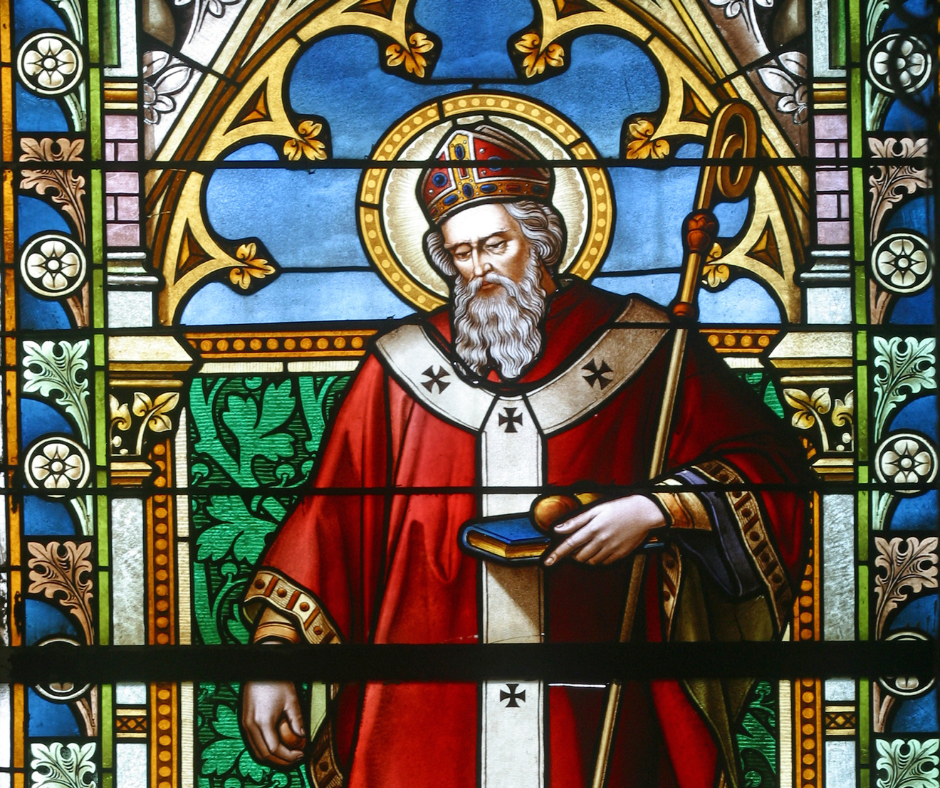
Growing up, it was always interesting for me to see American movies where everyone would hang their red stockings (shockingly, even adults) and would get a bunch of presents for Christmas because that simply wasn’t a part of Croatian tradition. There was no red stocking, but on the morning of December 6th, I would find candy, fruit, and a toy or two hiding under my pillow. Presents were never exchanged for Christmas because the emphasis was on peace, love, family gatherings and traditional Christmas foods.
Krampus
The demon Krampus was created as a response to the kind Saint Nicholas who rewards good children with sweets – he became responsible for naughty children. He appears on the night of December the 6th, just like Saint Nicholas, and behaves as an assistant who helps St. Nicholas and carries the big sack full of presents.
His name comes from the German word “krampen”, which means claw, and according to Norwegian mythology, he is the son of Hel – the ruler of the underworld. Krampus or the Christmas Devil is a half-goat, half-demon and not exactly a delightful character; he has horns and dark hair, wears chains and bells, and holds birch sticks in his hands which he swings at naughty children. It is a terrible beast that, according to legend, beats people to make them good and not evil.
As usual, the children would hang their red Christmas stockings on the window and wait for gifts. But if they behaved badly that year, instead of presents, they will find only a whip in their stocking, with an implication that it’s for the child’s parents to use when the kid acts naughty. Of course, Krampus is meant to be taken light-heartedly and nothing is funnier than seeing St. Nicholas putting him back in his place with a crozier.
We hope you have enjoyed learning about our Croatian Christmas traditions and comparing them to your own festive celebrations.
If you would like to see some of these fun Christmas traditions in Croatia in person – well we can help you with that! With Adventures Croatia, you can book plenty of tours that will take you all around Croatia, including some that run during the festive season. Our Christmas Market tour is incredibly popular during this season. However, if you’re looking for a more personal experience, we offer custom tours that can be tailored to your preferences. Now you won’t have to have to worry about missing out on any of these fun Croatian Christmas traditions!
Written by Sandra Radovic




 English
English French
French
